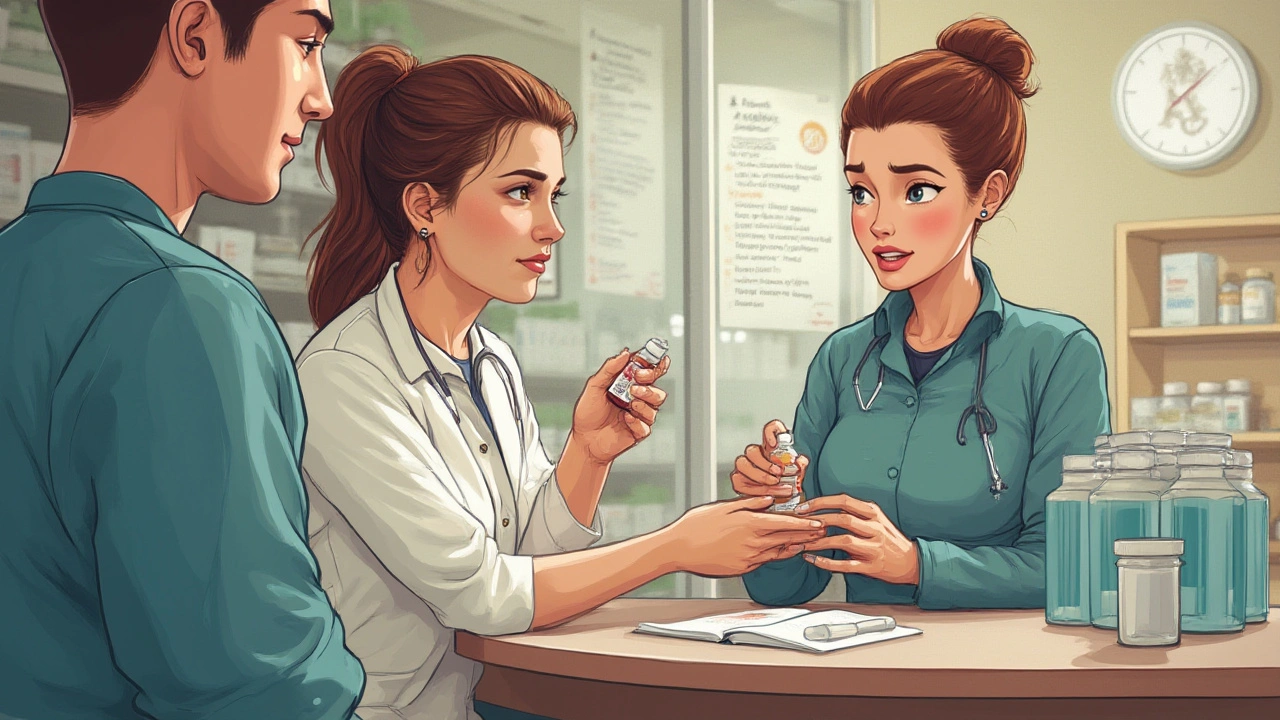Antibiotic: When to Use Them, What to Watch For, and Safer Alternatives
Antibiotics can save lives, but they also cause trouble when used carelessly. Wondering if your cough, sore throat, or sinus pain needs an antibiotic? Most upper respiratory infections are viral and won’t get better with antibiotics. Use this page to quickly spot when antibiotics help, how to pick safer choices, and what to do if you’re allergic or worried about resistance.
When antibiotics really help
Use antibiotics for confirmed or very likely bacterial infections: things like strep throat (confirmed by test), some urinary tract infections, bacterial skin infections, or certain ear and sinus infections when clearly bacterial. If your doctor can test and confirm bacteria, that’s the best route. If you’re unsure, ask for a rapid test or a follow-up plan instead of starting antibiotics right away.
If symptoms are mild and you don’t have risk factors (like a weak immune system), waiting 48–72 hours while using supportive care—fluids, rest, pain relief—often works. If symptoms worsen or you get a high fever, see a clinician fast.
Picking the right antibiotic and staying safe
Doctors choose antibiotics based on the likely bug, allergy history, and local resistance patterns. Common choices include amoxicillin (Amoxil) for many ear and throat infections, macrolides like azithromycin (Zithromax) for some cases, and metronidazole (Flagyl) for certain anaerobic or parasitic infections. If you’re allergic to penicillin, alternatives like clindamycin or doxycycline are options—see our piece on Amoxil Alternatives in 2025 and Top Alternatives to Zithromax in 2024 for specifics.
Practical safety tips: always finish the prescribed course unless your doctor tells you otherwise; don’t save leftovers for later; never share antibiotics; read interaction warnings (for example, metronidazole and alcohol is a bad combo); and tell your provider about other meds and supplements.
If you get side effects like severe diarrhea, rash, swelling, or trouble breathing, stop the drug and seek care. Clostridioides difficile infection can follow antibiotic use—if you have severe, persistent diarrhea after antibiotics, contact your clinician right away. To protect gut health, many people find benefit from probiotics like Saccharomyces boulardii during or after treatment; check out our article on that probiotic for safe use tips.
Buying meds online? Be cautious. Check pharmacy credentials, read reviews, and verify a pharmacist is available. We review online pharmacies to help you pick safe options—see our deep dives on sites like safemeds4all.com, max-healthcarerx.com, and sundrugstore.com.
Antibiotic resistance is real and growing. The best defense is using antibiotics only when needed, taking them correctly, and following prevention basics: vaccines, hand washing, safe food handling, and wound care. If you want more detail on specific drugs, side effects, or alternatives, check the linked articles on this site or ask your clinician for guidance tailored to your situation.

Chloromycetin: Benefits, Side Effects, and Safe Usage Guide
Discover what Chloromycetin is, how it fights infections, its side effects, and tips for using it safely. Learn real facts and practical advice here.
